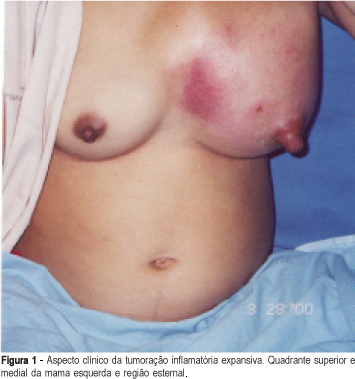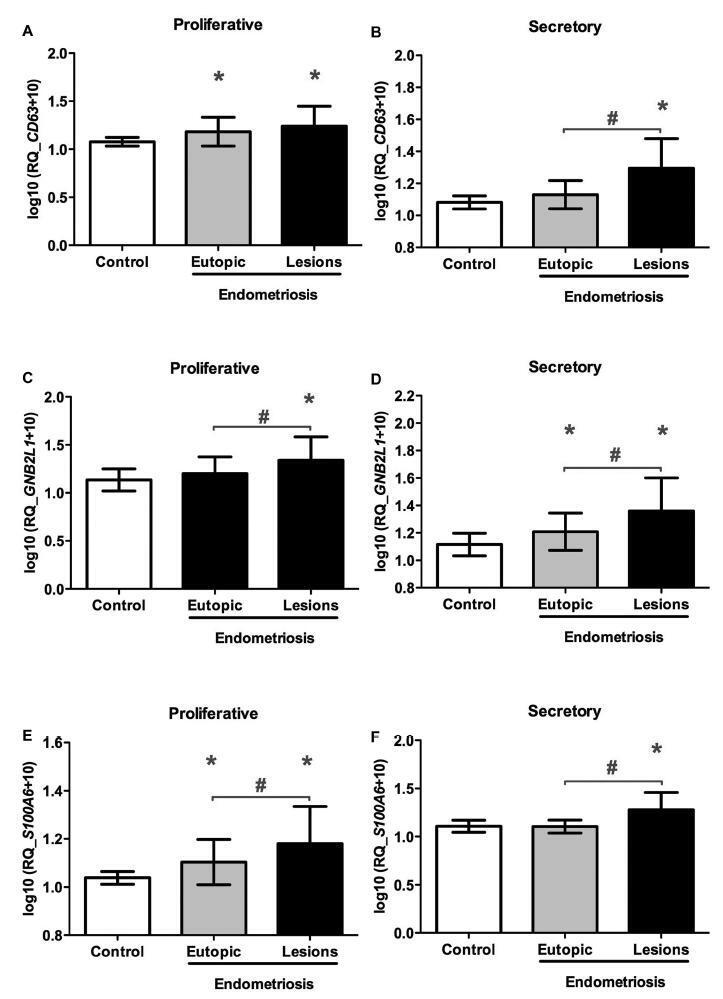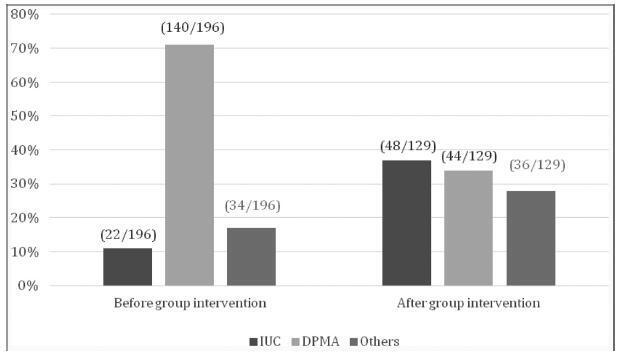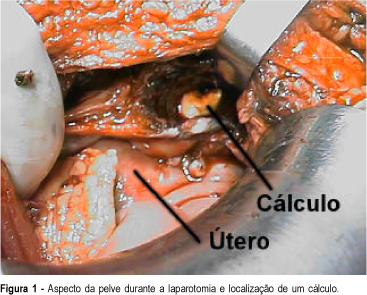Summary
Revista Brasileira de Ginecologia e Obstetrícia. 2004;26(8):605-610
DOI 10.1590/S0100-72032004000800003
OBJECTIVE: to evaluate staging, surgical procedures and outcome of ovarian granulosa cell tumors (GCT), with emphasis in the possibility of conservative surgery (unilateral ooforectomy). METHODS: this is a retrospective cohort study in which 24 patients treated with GCT during the period of January 1994 to January 2004 were included. Variables of interest such as patient's age, symptoms, tumor size on physical examination, staging, treatment modalities (types of surgery and of adjuvant chemotherapy and/or radiotherapy) and prognosis have been analyzed. The chi-square test was used to check the association between variables, and the level of significance was set at p < 0.05, always describing the two-tailed Fisher exact test. RESULTS: the patients' age varied from 30 to 82 (mean 51.7) years old. The most frequently referred symptom was pelvic pain (n = 10; 41.7%). Fourteen patients (58.3%) presented clinical stage (CS) Ic, 5 (20.8%) CS IIIc and 5 (20.8%) CS Ia. More advanced clinical stages were significantly associated with palpable pelvic masses (p < 0.04). Endometrial hyperplasias were found in 3 (25%) of the 12 hysterectomy specimens. The follow-up period varied from 2 to 114 (mean 42.5) months. Among the 16 (66.7%) surviving and disease-free patients, 4 had CS Ia (25%), 11 CS Ib (68.8%) and 1 CS Ic (6.3%), whereas all patients who died had CS IIIc (p = 0.0008). All 6 patients (25%) that underwent conservative surgery were alive and without recurrence. CONCLUSION: although GCT usually present low aggressiveness, the clinical staging continues to be the main prognostic factor and hence it determines the option for conservative surgery and the use of adjuvant therapy.
Summary
Revista Brasileira de Ginecologia e Obstetrícia. 2007;29(12):605-607
Summary
Revista Brasileira de Ginecologia e Obstetrícia. 2001;23(9):605-607
DOI 10.1590/S0100-72032001000900009
Actinomycosis of the breast is a rare inflammatory disease that has been infrequently reported. It can be primary actinomycosis of the breast, when caused by lesions of the mammary skin and secondary, when there is thoracic or pleural infection; it has extremely variable clinical presentations and may simulate mastitis and malignancies such as inflammatory carcinoma. The diagnosis is confirmed by culture and by finding typical actinomycotic colonies. The usual treatment is surgical drainage and intravenous and oral long-term administration of antibiotics. The authors present a case of actinomycosis of the breast in a 12-week pregnant woman who presented a tumor in the left breast.

Summary
Revista Brasileira de Ginecologia e Obstetrícia. 2018;40(10):606-613
The aim of the present study was to analyze the expression of the CD63, S100A6, and GNB2L1genes, which participate in mechanisms related to the complex pathophysiology of endometriosis.
A case-control study was conducted with 40 women who were diagnosed with endometriosis, and 15 fertile and healthy women. Paired samples of eutopic endometrium and endometriotic lesions (peritoneal and ovarian endometriotic implants) were obtained from the women with endometriosis in the proliferative (n = 20) or secretory phases (n = 20) of the menstrual cycle. As controls, paired endometrial biopsy samples were collected from the healthy women in the proliferative (n = 15) and secretory (n = 15) phases of the samemenstrual cycle.We analyzed the expression levels of the CD63, S100A6, and GNB2L1 genes by real-time polymerase chain reaction.
An increase in CD63, S100A6, and GNB2L1 gene transcript levels was observed in the ectopic implants compared with the eutopic endometrium of the women with and without endometriosis, regardless of the phase of the menstrual cycle.
These findings suggest that the CD63, S100A6, and GNB2L1 genesmay be involved in the pathogenesis of endometriosis, since they participate in mechanisms such as inhibition of apoptosis, angiogenesis and cell proliferation, which lead to the loss of cell homeostasis in the ectopic endometrium, thus contributing to the implantation and survival of the tissue in the extrauterine environment.

Summary
Revista Brasileira de Ginecologia e Obstetrícia. 2020;42(10):607-613
The present study aims to analyze adverse fetal or neonatal outcomes in women with gestational diabetes, including fetal death, preterm deliveries, birthweight, neonatal morbidity and mortality, as well as the synergic effect of concomitant pregnancy risk factors and poor obstetric outcomes, as advanced maternal age, maternal obesity and pre-eclampsia in their worsening.
The present cohort retrospective study included all pregnant women with gestational diabetes, with surveillance and childbirth at the Hospital da Senhora da Oliveira during the years of 2017 and 2018. The data were collected from the medical electronic records registered in health informatic programs Sclinico and Obscare, and statistical simple and multivariate analysis was done using IBM SPSS Statistics.
The study participants included 301 pregnant women that contributed to 7.36% of the total institution childbirths of the same years, in a total of 300 live births. It was analyzed the influence of pre-eclampsia coexistence in neonatal morbidity (p = 0.004), in the occurrence of newborns of low and very low birthweight (p < 0.01) and in preterm deliveries (p < 0.01). The influence of maternal obesity (p = 0.270; p = 0.992; p = 0.684) and of advanced maternal age in these 3 outcomes was also analyzed (p = 0,806; p = 0.879; p = 0.985).Using a multivariate analysis, the only models with statistic significance to predict the three neonatal outcomes included only pre-eclampsia (p = 0.04; p < 0.01; p < 0.01).
Only coexistence of pre-eclampsia showed an association with adverse neonatal outcomes (neonatal morbidity, newborns of low and very low birthweight and preterm deliveries) and can be used as a predictor of them in women with gestational diabetes.
Summary
Revista Brasileira de Ginecologia e Obstetrícia. 2019;41(10):607-612
Almost 80% of adolescent pregnancies are unplanned, and between 28 and 63% of adolescent mothers had a repeated pregnancy within 18 months. Among girls with repeated pregnancies, two-thirds reported that the pregnancy was unplanned. We aim to assess contraceptive use by adolescent mothers with increasing choice for long-acting reversible contraception (LARC) methods in postpartum consultation after a semistructured group intervention involving adolescent mothers.
Retrospective observational study conducted at the Universidade Estadual de Campinas, Campinas, state of São Paulo, Brazil, involving new antenatal and postpartum education groups for adolescents. At postpartum consultations, the adolescents chose their contraceptive. The datawas compared with previous series followed in a period before the implementation of the education group - a historical control group.
We included 129 adolescent after childbirth from January 1st, 2015 through July 31st, 2017. Out of this total, 63% had ever used contraceptive methods before pregnancy, and the most frequent method was combined oral contraceptives (33%) followed by condoms (21%). At the first postpartum consultation, the most common contraceptive chosen was intrauterine contraception (IUC) (37.2%) and depot-medroxyprogesterone acetate (DMPA) (34.1%).When comparing the rates before and after the education interventions, there was a 3-fold increase in the use of IUCs.
Antenatal and postpartum education have shown a significant increase in the choice for LARC methods among adolescent mothers, with very high acceptability after a period using the method. The educational groups performed during the antenatal care and beyond the gestational period are easy to be applied worldwide with low dependence on funding.

Summary
Revista Brasileira de Ginecologia e Obstetrícia. 2000;22(10):607-607
Summary
Revista Brasileira de Ginecologia e Obstetrícia. 1999;21(10):607-609
DOI 10.1590/S0100-72031999001000008
The authors report a case of a thirty-five-year-old patient, submitted to videolaparoscopic cholecystectomy one year ago, who appearently had acute salpingitis with abscess. During the laparotomy an abscess was observed, anteriorly limited by parietal peritoneum and the abdominal right anterior rectus muscle, and posteriorly by the horn of the uterus and by the right round ligament. In this abscess there was a structure later identified as gallstone. The aspects related to the pathogenesis, treatment and prevention, which have been reported frequently due to the increasing number of laparoscopic surgeries, are discussed.
